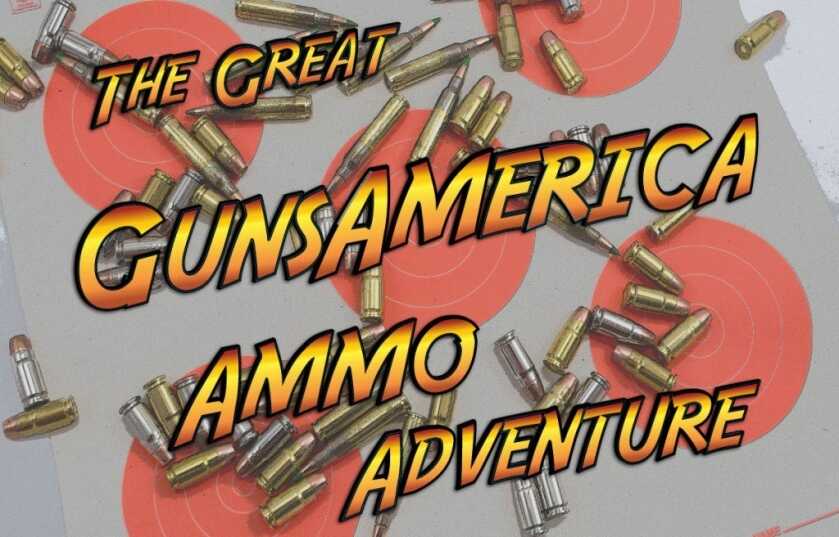
First of all, what’s a 6.8 Remington SPC?
While at first glance it may look like a 5.56mm round, it’s not. Mainly because it’s bigger in all ways. Some folks from the U.S. Army Marksmanship Unit, United States Special Operations Command and Remington got together to work up a new cartridge that maintained reasonable compatibility with the AR platform, yet offered improved terminal ballistics and effective range.
The 6.8 Remington SPC is made from a shortened and necked-down .30 Remington cartridge case. The shortened part is to maintain compatibility with the magazine size of the existing AR platform. According to The folks at Sierra Bullets, “With the magazine length of the AR at 2.260″, cartridge length was critical. There are now magazines on the market designed specifically for the 6.8 mm SPC to allow them to be loaded out to 2.315.”
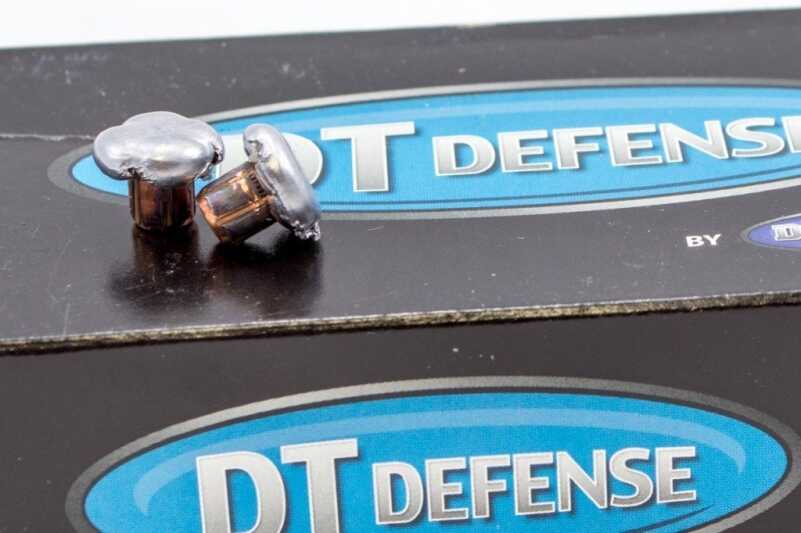
I suppose you could say expansion was good since all projectiles expanded to almost exactly double their original diameter.
The projectile itself is a 7.035mm. Actually, you have heard of that because it’s a standard .270 size, which really means that the bullet measures .277 inches in diameter. Why do we make caliber stuff so cryptic? The projectile size is important as .270 bullets are widely available. Bullet weight of “average” 6.8 Remington SPC loads range from 90 to 120 grains or so, with most factory ammo having 90, 110, or 115 grain bullet weight.
All of this cartridge case and bullet math means:
- You can think of this cartridge as somewhere between a 5.56mm and 7.62mm.
- There is “reasonable” compatibility with standard AR platforms. By reasonable, I mean that major dimensions of things like lower receivers and magazine wells are the same. You’ll need a different bolt and barrel, of course. Ideally, you’ll use magazines made specifically for 6.8 Remington SPC for better reliability.
- Capacity leans toward the 5.56mm end as a normal-sized 6.8 SPC magazine holds 25 rounds instead of 30.
- You’ll get about 30% more energy from a 6.8 SPC round than a 5.56mm rounds. The energy of the “standard” 115 grain projectile traveling at 2,640 feet per second is 1,785 foot-pounds – significantly more than the 1,281 foot-pounds of a 55 grain .223 Remington bullet moving at 3,240 feet per second.
- With about 200 feet per second higher velocity than a “normal” AK-47 round, the 6.8 SPC is considered effective out to 500 yards or so.
My friend at Doubletap Ammunition, the Godfather of Boom!, Mike McNett, has a relatively new load that I just had to try out. It’s a 90 grain projectile made by Nosler. It’s a bonded design with a barely rounded, almost flat, nose. Doubletap rates this particular load at 2,850 feet per second. That’s just barely shy of 5.56mm velocity, but with a 90 grain bullet instead of a 55 or 69 grain.
I tested this with a Rock River Arms LAR 6.8 rifle that features a 16-inch barrel. Because I’ve caught the silencer bug, I mounted a SilencerCo Specwar 7.62 suppressor. Just because.
To measure velocity, I set up a Shooting Chrony Beta Master chronograph 15 feet downrange and fired away. From this particular rifle, with the can attached, I measured average velocity of 2,767 feet per second.
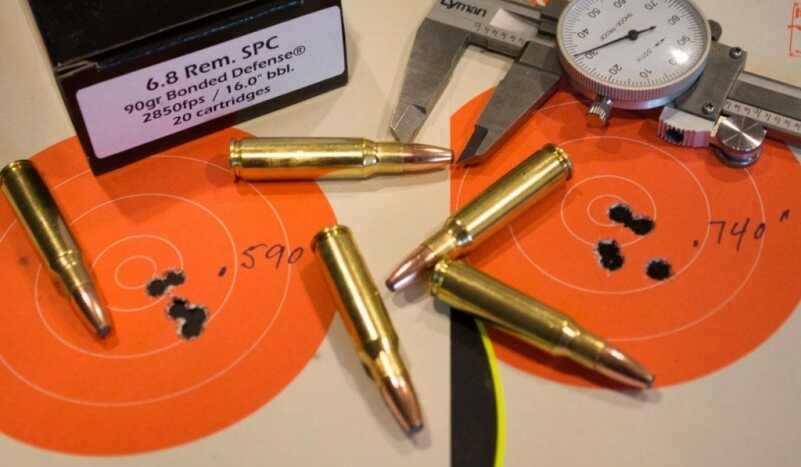
Accuracy was great with all groups coming in at less than one inch at 50 yards, with most closer to 1/2 inch for 5 shots.
For accuracy testing, I set up a target at my available range distance of 50 yards and fired a pile of 5-shot groups. This load was nothing if not consistent. As with the velocity numbers, groups were consistent and all below 1-inch in diameter, with most measuring just over ½-inch.
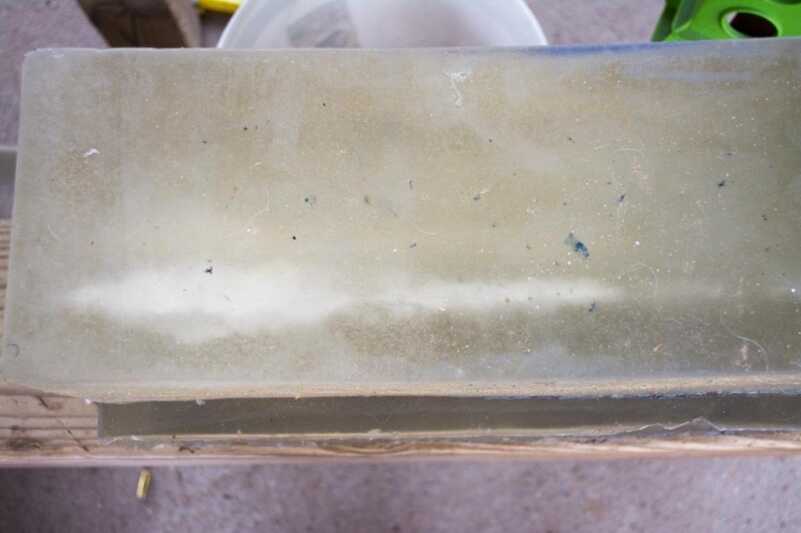
You can see how quickly the bullet started to expand by the permanent wound channel shown here. The bullet entered the left side of the block.
As this is a bonded bullet design, some gelatin testing was in order. I broke out a couple of Clear Ballistics 10% gelatin blocks. These measure 16 inches in length, and not knowing how far this bullet would penetrate, I placed two end to end. All the bullets I shot went through the first block and about ½ to 1 inch into the second block, so you could say penetration averaged about 17 inches.
The impressive part was expansion performance. The Nosler bonded projectiles consistently expanded to just about double their original .277-inch diameter. The two shown in the photo measured .55 inches and .53 inches, and as you can see, expansion was picture perfect. I measured the fired projectiles to see if there was any significant weight loss. The two pictured here weighed in at 88.9 and 89.1 grains, so not much, if any, as shed as the bullets plowed through the gel blocks.
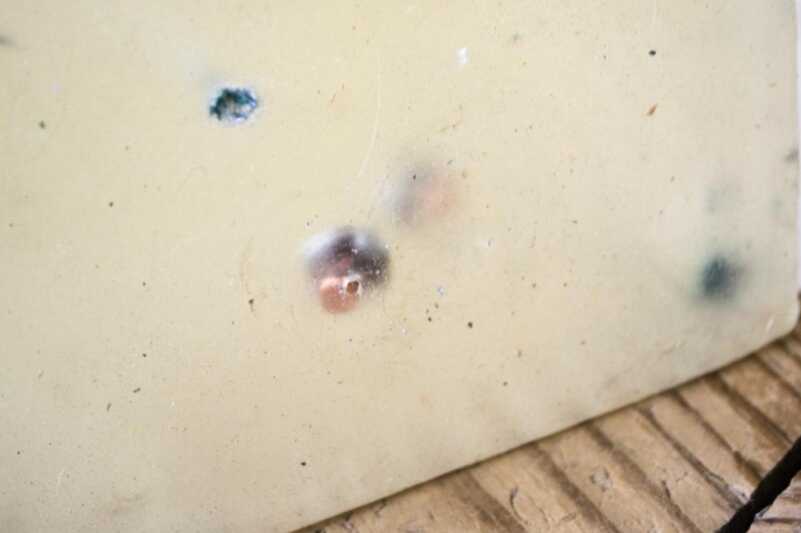
These bullets barely entered the second block, so penetration was a consistent 17 inches in 10% ballistic gelatin.
As you can see from the photos, this was an impressive round. What stood out to me was the consistency, especially with the measured velocity. All rounds chronographed hovered right around the average. The inspector gnomes at Doubletap must be on the ball.

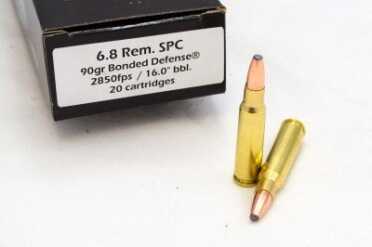
Your google-fu is weak. I just googled “6.8 spc magazines” and got plenty of sites. Googling 6.8 SPC ammo finds lots of hits too. Cabelas, MidwayUSA, justs to name 2 major reputable suppliers. I like the SSA (Silver State Armory) 6.8 SPC ammo, now part of Nosler and available at http://www.shootersproshop.com/ssa.html.
I have looked & looked.. I have only seen the 6.8 ammo maybe 2 times online & with limited quantities… I have yet to find 6.8 specific magazines… which begs the question where do you find the ammo & magazines?
I use gunbot.net frequently to find ammo. They scan dozens of retailers to see who has what in stock: http://gunbot.net/ammo/rifle/68spc/